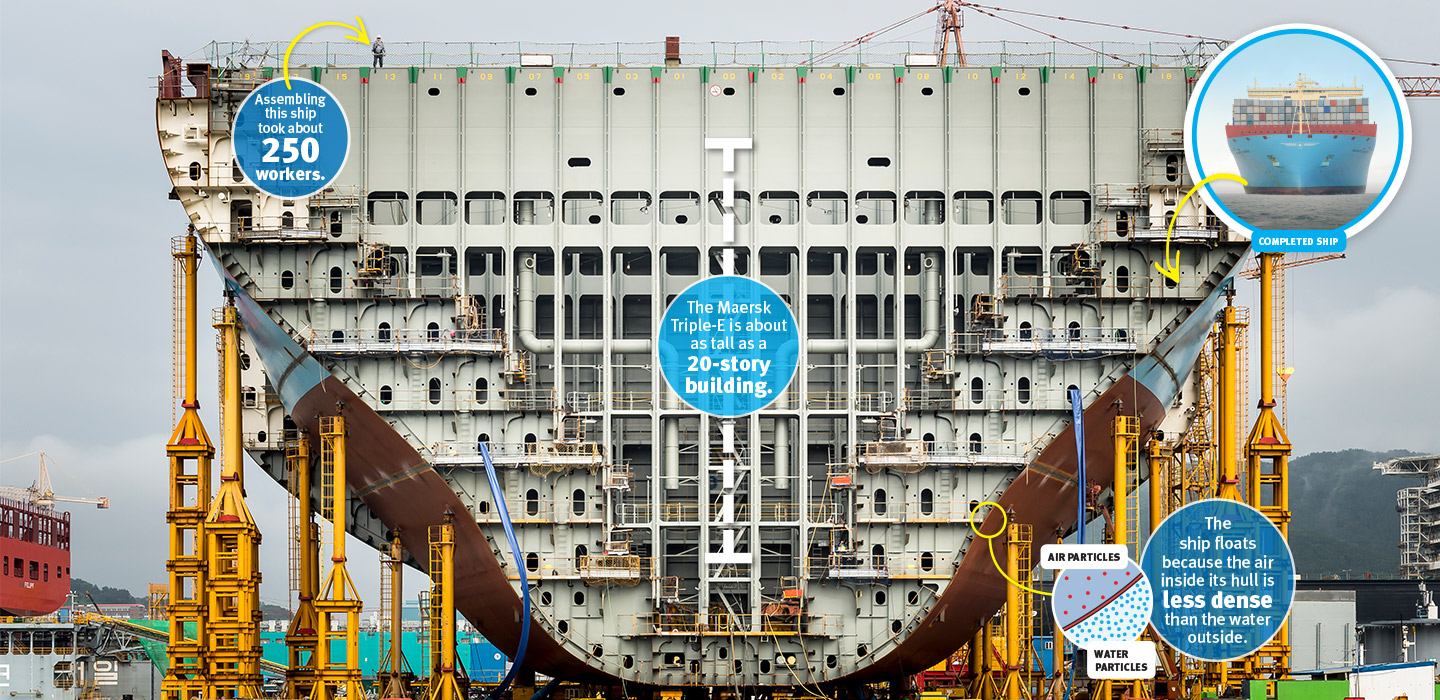As a chilly wind blew in from the North Sea, hundreds of people gathered on a coast in the United Kingdom. It was March 2015, and they had come to see the arrival of a new ship.
This was no ordinary vessel. Pulling into port, it towered over the cheering crowd. It rose 22 stories high and stretched the length of four football fields. The ship, called the MSC Oscar, is one of the largest container ships in the world.
Hundreds of people gathered on a coast in the United Kingdom. A chilly wind blew in from the North Sea. It was March 2015, and they had come to see the arrival of a new ship.
This was no typical boat. It towered over the cheering crowd as it pulled into port. It rose 22 stories high. And it stretched the length of four football fields. The ship is called the MSC Oscar. It’s one of the largest container ships in the world.

